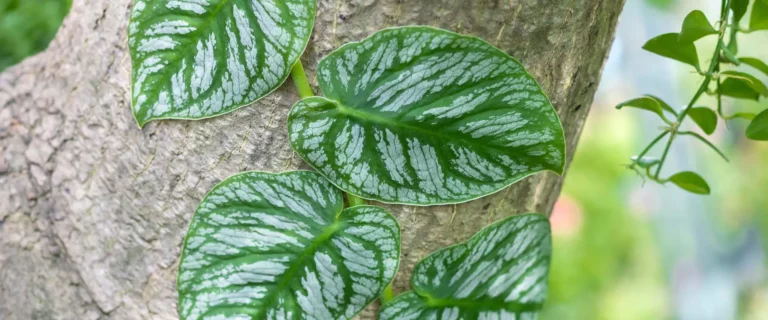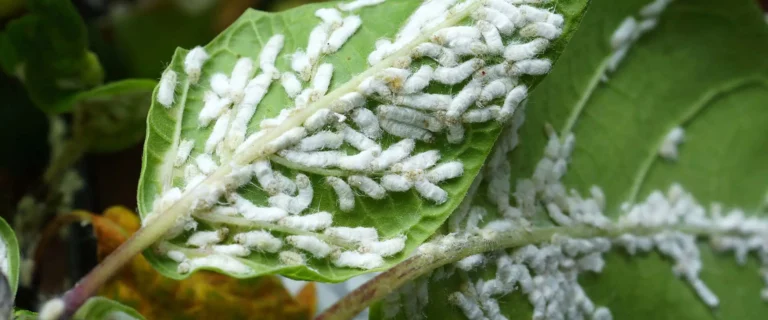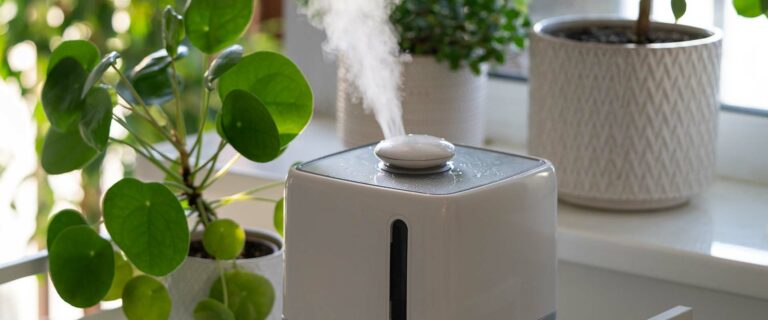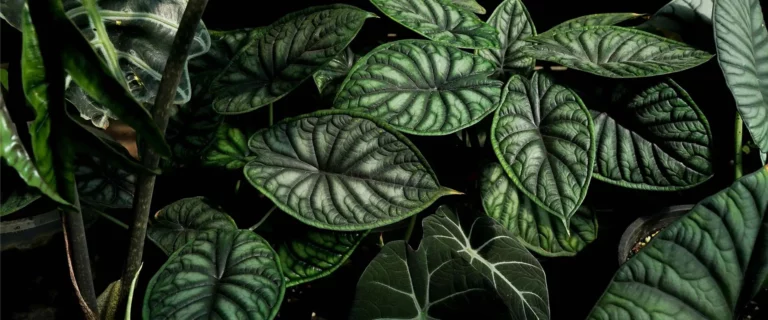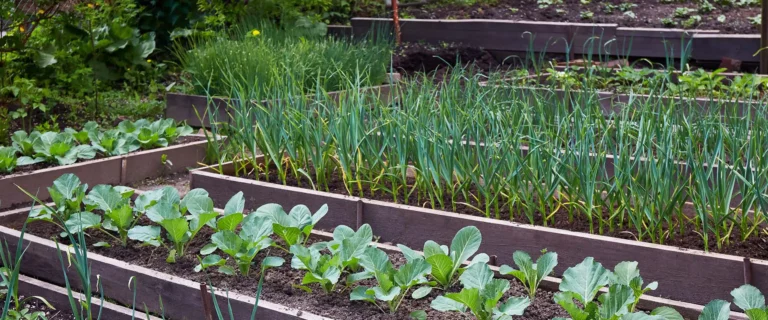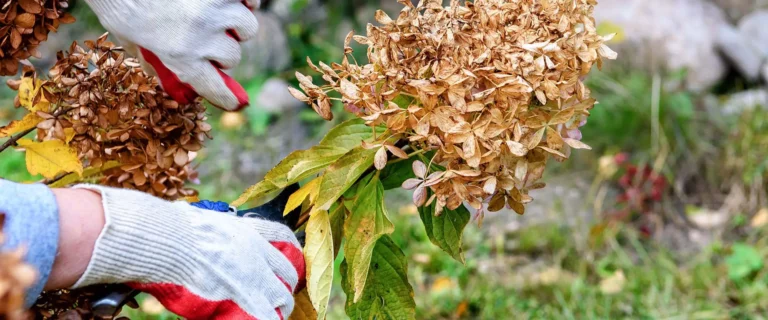It’s the “planting and decorating” season, according to Sean, our horticulture guru here at The Gardener’s Center, and now that the temps are getting cooler and there’s more rain in our forecasts, it’s the perfect time to talk about a group of really popular fall annuals.
They’re known as ornamental cabbages and kales. Another term you may have heard is “flowering” cabbage and kale, but we want them for their foliage.
Sean believes that for getting the most bang for your buck, these long-lasting plants are “as good as it can get.”
What exactly are ornamental cabbages and kales?
Ornamental cabbage and kale are VERY closely related to the cabbage and kale you might see in the produce aisle at the grocery store. The difference is that these plants have been bred for looks and not for eating. That includes their shape and their color.
How do you tell the difference between ornamental cabbages and kales?
The cabbages tend to have smooth, round leaves, and the kales tend to have either serrated or frilly or “scrappy” leaves. Here’s the important part: They have the same growing needs and “do the same things,” so you don’t have to worry too much about whether you’re buying a cabbage or a kale. Choose the ones that appeal to you!
Ornamental cabbages and kales love the fall.
Why? They love the cooler weather. In fact, they actually get better as it gets colder. Their happy place is between 75° and 35°. While that’s a really wide range, they like the cooler end of the spectrum, and can survive below 35° and well below freezing. Also, as it gets colder, their color will actually intensify. You can see that in the rosettes and in the veins of the leaves. As we start to get some frosty nights and more so when we have some actual freezes, these guys are going to really pop in your containers and landscape.
In southern Connecticut, ornamental cabbages and kales will absolutely get you through to Thanksgiving, and more than likely will take you through to Christmas. (Sometimes even to New Year’s Day. It just depends on the weather.)
Also, they will continue to grow and get taller and wider. They look great massed in beds in the landscape, and are fantastic in containers. They mix well with mums and grasses and other fall plants. (Putting his decorating hat on, Sean suggests that many of them, especially those with reds or white coloration, will mix well with your Christmas greenery.) And while they don’t offer flowers, you can get a lot of beautiful colors and textures with ornamental cabbage and kale.
Ornamental cabbages and kales are super easy.
Ornamental cabbage and kale are easy to grow and they like full sun, about five to six hours a day. They also like water, but don’t like to be super soggy, so consistent moisture is key. And as fall season brings more rain, you may be able to just let Mother Nature take care of things.
So if you’re looking for something that’s going to last a long time in the fall, take a look at these “vegetables” that have a lot going on. According to Sean, they definitely belong in your fall landscape and containers.
On the subject of eating them…
A common question Sean gets with ornamental cabbages and kales is, “Can I eat them?” Short answer: Yes. They’re all technically edible. (In other words, they’re not poisonous.) However, because they’ve been bred for looks, their flavor is very bitter.
That said, some people do use them as a garnish. If you buy your plants from a good garden center like The Gardener’s Center, your plant will come with a label that tells you specifically what the variety name of the plant is. You can search the Internet to see if your ornamental is one that you can also use for culinary purposes.
So whether you’re looking to brighten up your fall containers or grow some cool-weather vegetables, ornamental cabbages and kales are a great place to start.
Want to know more about planting in the fall? You can count on your friends at The Gardener’s Center for information, inspiration and perfect plants.


